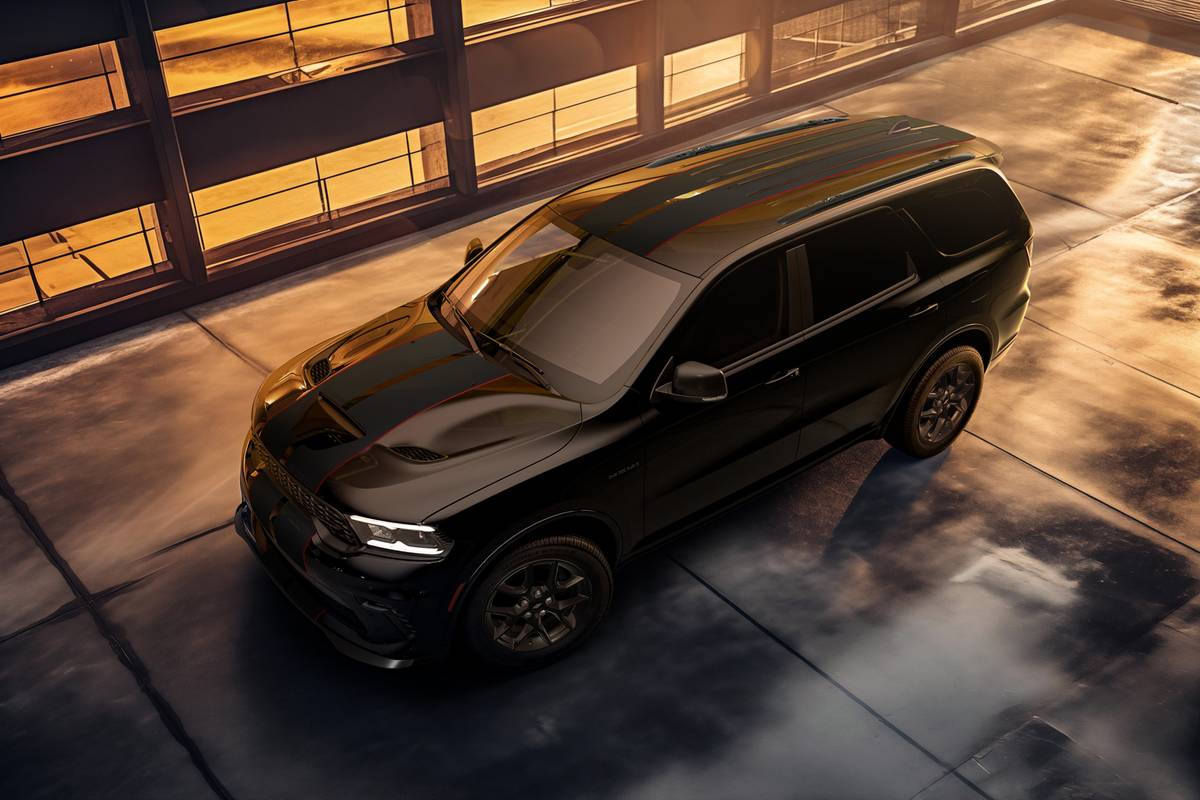The Morning Call and Mcall.com's view
The compact van market is relatively new but it could very well be the hottest automotive market in the next couple of years. Compact vans were brought out in the 1984 model year by Chrysler and Toyota while Ford and General Motors will introduce their versions during the 1985 model year. All-in-all, it looks like there is going to be some fierce competition.
The one statement you can positively say about this week’s test vehicle – the Toyota Van – is that it certainly is different. Its styling is different than any other van, as is its mechanics. It is not quite an acquired taste but it is the type of vehicle that either appeals to you or not.
The test vehicle – supplied by J.H. Bennett, Inc., 2300 Hanover Ave., Allentown – was customized with a conversion package which included a fancy paint job, fancy upholstery, interior wood trim and some standard features. The conversion is somewhat ”pricey” and a matter of personal taste. The mechanics are the same as other Toyota passenger vans, so we won’t let it get too much in the way.
The first thing about the Toyota van anyone is aware of is its styling. It is very futuristic looking but this is what Toyota had in mind when designing it. There is no denying the vehicle spent some time in the wind tunnel. For example, the aerodynamic front end has a 40 degree rake to the windshield. This, along with straight body lines, produces a coefficient of drag of .40, which is lower than any other van on the market.
The Toyota van has front-wheel drive which is a rather different concept for a van (the only other front-wheel drive vans are produced by Chrysler) and a feature that should appeal to anyone in the snowbelt because of its superior traction. However, the engine is not up front where you might expect it but inside the vehicle behind the front seats. It is not quite a mid-engine setup, but very close. The engine position is something that might not appeal to everyone. For one thing it cuts off passenger movement between the front seats and rear of the vehicle. Another concern is maintenance – it is not easy to get to this engine. You just don’t pop the hood on this baby. You have to remove panels, carpeting and some other things to get at the powertrain.
Almost as if in anticipation of adverse reaction to engine location, Toyota has included a number of low maintenance items on the engine. Among them are hydraulic valve lifters that automatically adjust, a maintenance free battery, large (and longer lasting) fuel and air filters, an integrated ignition system that eliminates the need for points and platinum tipped spark plugs that don’t need to be replace until after 60,000 miles.
The engine, itself, appears to be one of those excellent powerplants Toyota is noted for. It is a four-cylinder, overhead valve, electronic fuel- injected unit that measures 120-cubic-inches and is rated at 90 horsepower at 4,400 rpm and 120 foot pounds of torque at 3,000 rpm. Ninety horses isn’t excessive for a vehicle weighing in at about 3,000 pounds but, surprisingly, performance is quite decent. Or, shall we say, better than most people would expect from a two-liter engine.
The test vehicle had a four-speed automatic transmission (five-speed manual is standard) that features a lock-up torque and lock-out overdrive. You don’t have to do anything about the torque converter, that takes care of itself when the vehicle reaches certain speeds, but you can manually control the overdrive fourth gear by simply pressing a button located on the center console. When the button is pushed in all four gears are working and when it is released three gears are in use.)
One of the main purposes of the new compact vans is to produce better fuel mileage – better than conventional vans. So, without too much surprise, the Toyota van did get decent fuel mileage. City driving averaged out 17 miles per allon while highway mileage came to 25 mpg.
The van has an overall length of 175.4 inches wheelbase of 88 inches, width of 66.3inches and height of 70.1 inches. Inside, there are two bucket seats up front, a two-passenger bench seat in the middle and a three-passenger bench in the rear. The rear seats can be folded down to make a bed or removed to provide 150 cubic feet of cargo space. Interior room isn’t bad but entering and exiting the front seat is somewhat awkward because of the location of the front doors. Like many conventional front engine/rear drive vans, the front seat passengers in the Toyota ride over the front axle which means the door and floor are shaped to clear the wheelwell. The first time I jumped into the test vehicle I banged my knee on the steering column (which is almost straight up and down) and hit my head on the wood trim of the overhead console. I soon learned to enter very slowly and cautiously. Rear passengers have a nice wide sliding door to go through and plenty of space in which to rattle around.
Once in, though, driving the Toyota van is not all that difficult. The steering column, however, does divide the feet. The brake and accelerator are on the right side of the column and, if you are the type of driver who likes to use the left foot for braking (with an automatic transmission), it is a bit awkward. Another thing that will take a little getting used to is that the front windows (because of the shape of the bottom of the door) do not roll down completely. The short wheelbase and the extremely short distance from the driver’s seat to the front of the vehicle make for easy maneuvering and parking.
The Toyota has a rather interesting suspension for a van. The rear features 4-link, coil spring suspension (similar to that found on the Toyota Celica) while the front is a double wishbone arrangement with upper torsion bars. Stabilizer bars and low pressure shock absorbers are used front and rear. The result is a vehicle that handles more like a car than a van.
The total price for the test vehicle came to $18,463 which is definitely getting up there. Base price for the test van was listed at $9,858 which isn’t all that bad. Standard equipment included tinted glass, cloth interior, quick release rear seats, child-proof sliding door locks, power steering, tilt steering wheel, dual outside mirrors, quartz clock and carpeting. The big item, however, was the conversion package, which listed at $7,215. In addition to the customized items, the price included dual air conditioning, AM-FM radio with cassette, rear window wiper/washer and four-speed automatic. Other expenses were destination charge, $310, additional dealer charges, $1,000, and rear defogger, $80. If you can forsake the conversion package – and I’m sure many people can – a nicely equipped Toyota van can be had for $12,500-$14,000. So, once again, it is a matter of paying your money and taking your choice.
Latest news



